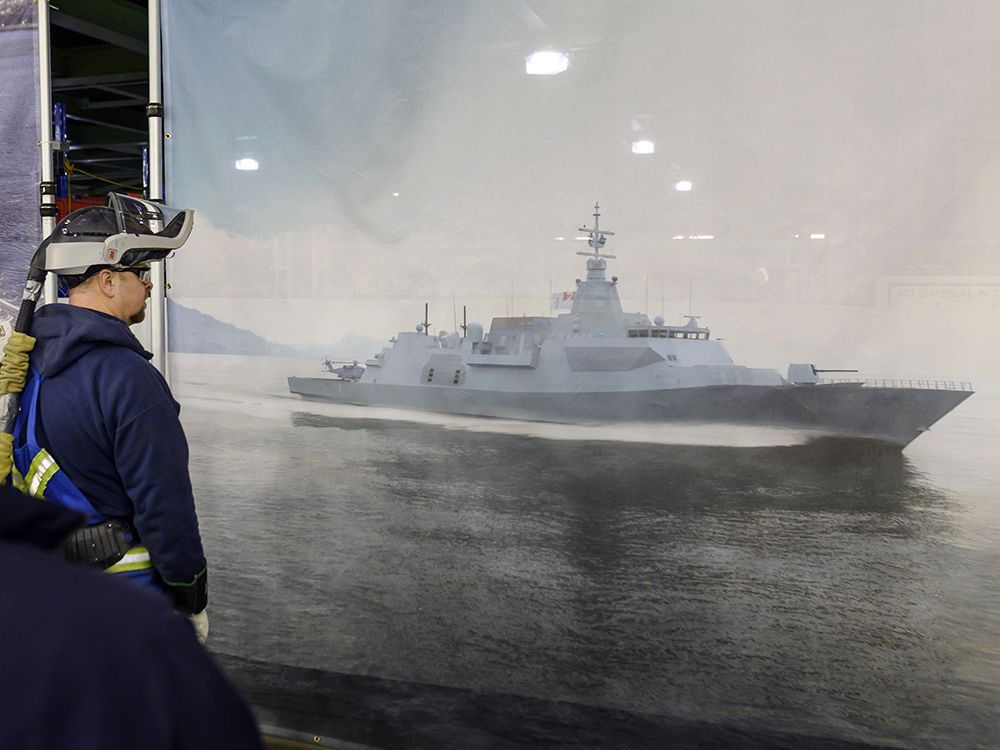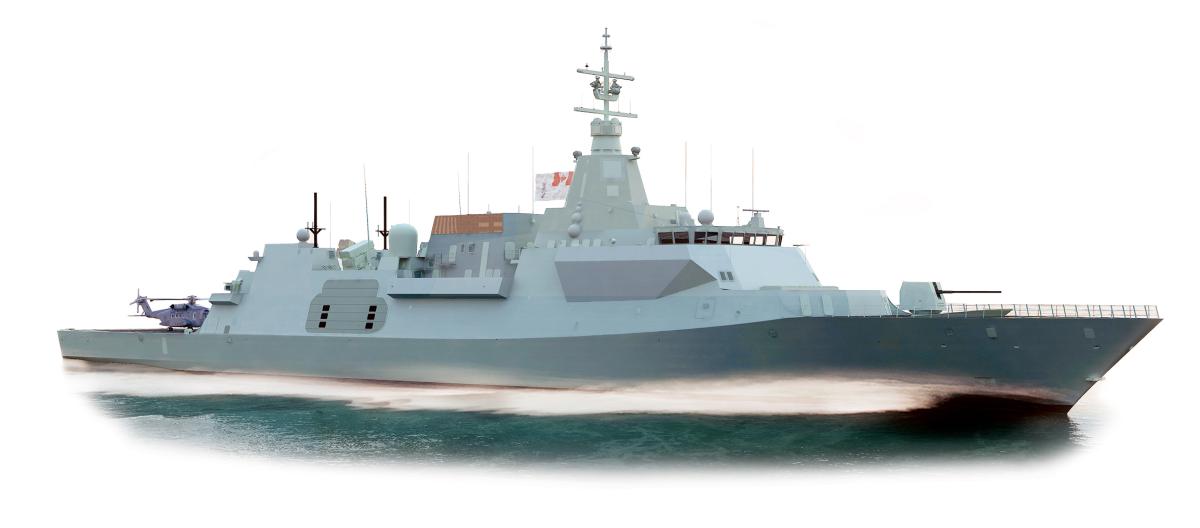John Ivison: Canada’s defence spending is an embarrassment, yet one massively expensive program appears to have next to no cost controls

nationalpost.com
I am not a huge fan of this article, it feels to me like its pushing the common media narrative of "CSC program is expensive, complex and bad!" without much nuance. Some of the points come off as cheap gotchas to paint CSC and the Canadian government as hopelessly incompetent.
The CSC program was pitched as a relatively low-cost, off-the-shelf replacement for the Halifax class of warships, with a high level of Canadian industrial content.
Yet, over time, the Navy has asked for changes that have frequently replaced Canadian-built content with U.S. technology, the net effect being the loss of hundreds of millions of dollars to Canadian industry and an increase in overall cost.
CSC has been a replacement for the Halifax class frigates and the Iroquois class destroyers for as long as I can recall. Anybody with any familiarity with naval procurement should be aware that replacing the entire backbone of a naval force (15 ships) is not going to be 'relatively low cost'. If this is a reference to the pitifully low original CSC cost estimate that media writers love to trot out, I think its a disingenuous point to make.
I also do not get the obsession about Canadian industrial content. The hulls are being built in Canada alongside as far as I can gather, all of the various sensor suite components contracted to Ultra. Some components are unable to be sourced in Canada or the options in Canada are actively worse. The off the shelf requirement was always going to be including changes required by the RCN, regardless of what design won the eventual contest.
For example, does Canada have a radar design like SPY-7 we can put on CSC? Can we effectively build these in Canada? From what I can gather, the answer is no, which is why we chose a foreign component.
As one source put it, any naval architect will tell you that once you change more than 15 per cent of a ship, you should design a new one, “and we are well past that number.”
The CSC program originally looked at doing a clean sheet Canadian design many years ago but from what I understand, this wasn't carried forward due to the cost and atrophy which our design staff/knowledge had suffered since the Halifax class. I am sure Canada could eventually design a fine vessel but could they design something on a reasonable timeframe to match what I understand is a great design in the Type 26? I am doubtful.
It is public information that the Canadian-developed CM330 combat system, part of the original bid, was replaced by the U.S. navy’s AEGIS system and Lockheed Martin’s SPY 7 radar technology. It is known that MacDonald Dettwiler’s Electronic Warfare system was substituted with Northrop Grumman’s Surface Electronic Warfare Improvement Program.
CMS-330 hasn't been replaced by AEGIS as far as I am aware, this is flat out wrong. CMS-330 has been integrated with sections of the larger AEGIS system including the fire control loop/cooperative engagement capability.
I won't address the points about Canada buying Constellations, other folks have already done so better than I could have earlier in the thread.
I asked the departments of National Defence and Public Services and Procurement Canada for a list of all the changes to the ships that have been approved or pending.
DND said the “operational requirements” of the CSC have not changed. When asked to list separate equipment changes, the military’s entire communications apparatus must have broken down, because silence was the loud reply.
I asked PSPC if it is confident Canadian industrial participation levels will be maintained on the CSC program, in light of all the changes from Canadian to American technology. The economic benefits to Canada are meant to be equal to the value of the winning bid.
“Work continues in this regard, as the project progresses through its major stages,” it said in a statement. Which is not a “yes.”
I also asked PSPC if it has a veto on any changes suggested by the military? “PSPC plays an important challenge function,” it said. “Awarding and amending contracts requires the agreement of DND, ISED (Innovation, Science and Economic Development) and PSPC, as well as the shipyard.” Which, again, is not a “yes”.
This comes off as a cheap attempt at a gotcha, "I wasn't given an itemized list of all the changes to an ongoing high end military project! This government organization wouldn't give me a specific yes or no answer to a question they likely aren't able to meaningfully answer. Something is definitely afoot here!" Who knows what the questions and requests actually were, it is easy to spin your narrative when the other side isn't involved in the article.
At the same time, the war in Ukraine suggests warships are becoming obsolete and vulnerable to low-cost anti-ship missiles.
Russia lost an old, outdated and potentially horribly maintained vessel to anti-shipping missiles. This does not make the concept of surface warships obsolete, especially something cutting edge and capable like CSC.
Would Canada’s security be better served by reducing the number of frigates on order, as Australia and the U.K. have decided to do, and then redirecting the savings to buy a new fixed-price submarine fleet off the shelf from South Korea or some other foreign supplier?
Submarines are an optional if useful capability to Canada. With a reduced surface fleet, we will be unable to effectively fulfill our current and future missions at home and abroad.
Why is Canada so convinced that it needs 15 big ships, when the price is increasingly unaffordable.
Because Canada is a nation with two separated fleets, west coast and east coast. The fleets need to be able to operate independently and on short notice if possible when a conflict is on the horizon. These 'big' ships are a requirement as the days of small and relatively cheap frigates are past, you need a minimum amount of capability with regard to sensors and weapons to be survivable against current and future threats. Evolving requirements for additional crew requirements, endurance, heavier equipment, etc all push you towards a larger and more expensive hull.
The opinion of this article seems confused. It questions the cost of CSC yet also lampoons it for doing cost savings measures like taking onboard non-Canadian equipment.





